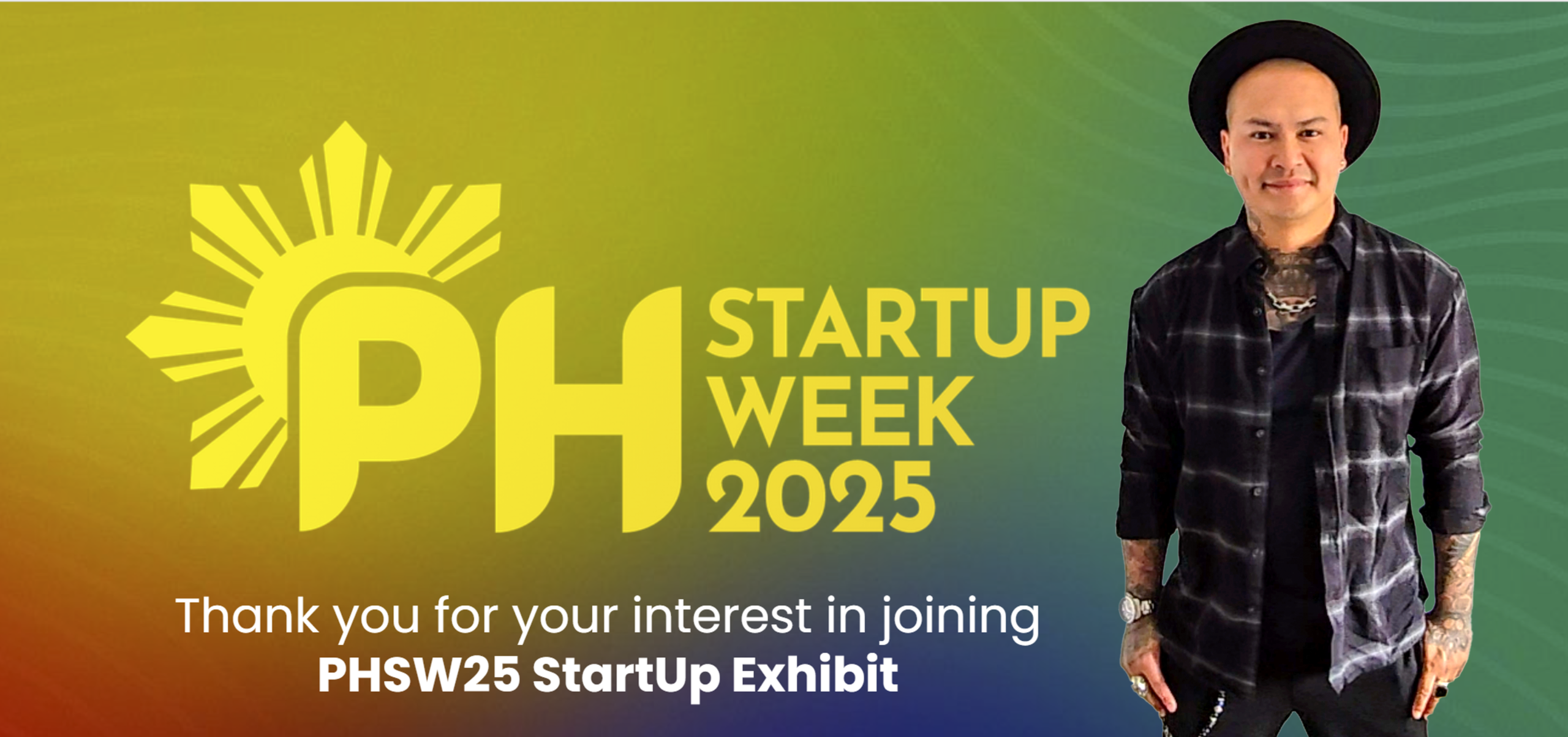🔍 Why Broken Processes Matter in the Age of AI
AI promises speed, automation, and efficiency.
But if a process is broken, AI doesn’t fix it — it magnifies the flaws.
Automating a slow, inefficient, or inconsistent workflow only makes mistakes happen faster.
That’s why stakeholders need to identify broken processes before AI is introduced.
Doing so not only prevents wasted investment but also positions AI as an enabler instead of a frustration.
🧩 Signs Your Processes Are Broken
Before rolling out AI tools, stakeholders should look for these common red flags:
- Excessive Manual Workarounds
If employees are using spreadsheets, emails, or chat apps to “patch” gaps in the system, the process isn’t working as intended. - Bottlenecks and Delays
Look for tasks that stall in approvals, or workflows that rely on a single person to move forward. - Inconsistent Outputs
If different teams complete the same task in different ways, it creates confusion and unreliable data for AI to learn from. - Shadow Processes
Work that happens outside official systems — like informal shortcuts — means the documented process doesn’t reflect reality. - Error Rates and Rework
High levels of mistakes, corrections, or repeated tasks indicate the process design itself is flawed.
⚖️ Stakeholder Role in Spotting Issues
Stakeholders play a critical role in surfacing broken processes.
They see how systems impact customer experience, compliance, and financial results.
Practical steps include:
- Listening to frontline employees: They often know where processes fail.
- Mapping customer touchpoints: Any step causing delays, confusion, or complaints is a candidate for improvement.
- Reviewing performance metrics: Long turnaround times or inconsistent KPIs often point to deeper issues.
- Testing for exceptions: If a process breaks whenever something unexpected happens, it needs redesign before AI is applied.
🛠️ Practical Tips for Stakeholders
Here are actionable ways to identify and address process gaps before AI integration:
- Conduct “As-Is” Process Mapping
Visualise the current workflow to spot redundancies and unnecessary steps. - Standardise Where Possible
Align processes across teams so AI isn’t trying to learn from multiple inconsistent versions. - Prioritise High-Impact Areas
Focus on processes tied to customer experience, compliance, or costs first. - Run Small Pilots
Test improvements on a smaller scale before applying AI broadly. - Document Exceptions Clearly
AI copilots need to know the “rules of the game,” including how exceptions are handled.
🤖 AI Won’t Replace Analysts — It Needs Them
AI copilots like Microsoft’s and GitHub’s are powerful at handling repetitive tasks and generating suggestions.
But they depend on clean, structured processes and documentation.
Analysts act as translators, ensuring AI has the context to be useful.
They prepare workflows, identify gaps, and explain outputs to stakeholders.
In this way, analysts don’t compete with AI — they future-proof it.
🌍 Real-World Example
A financial services firm introduced AI to speed up loan approvals.
But approvals were delayed not because of slow data entry, but because of unclear risk policies.
AI only accelerated the confusion.
Once analysts redesigned the process — clarifying risk criteria and documenting exceptions — AI copilots became genuinely useful.
Turnaround times dropped, compliance improved, and customer satisfaction increased.
💡 Final Thoughts
AI is only as effective as the processes it supports.
Broken workflows lead to poor adoption, increased risk, and wasted investment.
Stakeholders who proactively spot these issues position AI as a strategic asset, not a costly experiment.
The key isn’t rushing into automation — it’s ensuring processes are solid, scalable, and documented first.
AI brings speed, but it’s human insight and preparation that make it valuable.






